20+ Years Experience
Specialist Wetpour Surfaces
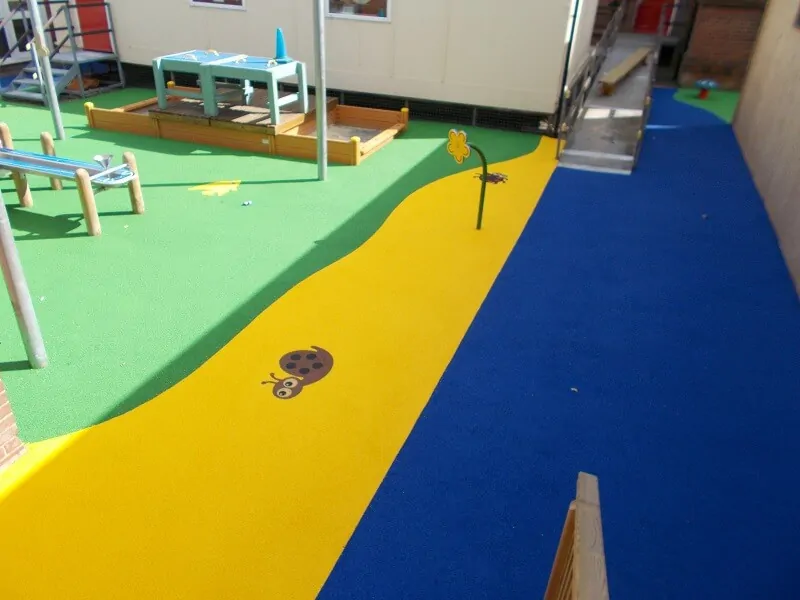
Enquire Today For A Free No Obligation Quote
If you’re looking for safe and long-lasting playground surfacing, Wetpour surfacing is a great option. But before you jump in and invest, there are important considerations for cost and installation that you’ll want to be aware of. To help you decide if Wetpour surfacing is the right option for you, this blog post will cover the key aspects of cost and installation, so you’re able to make an informed decision. So, if you’re curious to know the details, read on and discover the conditions, considerations, and cost you can expect with Wetpour surfacing!
The cost of wetpour surfacing will vary depending on the size and complexity of the project. Generally speaking, typical installations would range from £40-£80 per square metre, including labour and materials.
Wetpour surfacing is a high-performance flooring system suitable for external playground and other recreation areas. It is a two-layer surfacing system made from EPDM (“Ethylene Propylene Diene Monomer”) rubber granules and polyurethane bound together to form a strong, resilient surface that’s soft enough to absorb any falls and bumps. Wetpour helps to create an attractive, safe, and durable playing environment while also meeting the standards of The European Standard EN1177 by providing shock absorption up to 20 meters without exceeding the critical fall height limit (CFH) of 1 meter.
The durability of wetpour surfacing comes with some tradeoffs. While it can be used in all weather conditions and can last up to 25 years with proper care and maintenance, wetpour surfaces are typically more expensive than other flooring systems due to their labor-intensive installation process. There is also the potential for waterlogging if not properly installed as draining must go into place beforehand, requiring additional preparation time. In some cases, there may also be strict requirements for materials used in the installation process such as environmental considerations or local safety regulations.
In general, for areas that need high levels of safety, comfort, and aesthetic appeal, wetpour surfacing provides an effective solution. It’s important to weigh the costs of installation along with potential maintenance needs to determine if this type of surfacing is right for your needs.
Now that you have a better understanding of what wetpour surfacing is and its associated pros and cons, let’s move on to the cost of installing it.
When it comes to the cost of wetpour surfacing, there are many factors ushers to consider. Of course, the main factor being the size and scope of your project. As an expensive surfacing material, wetpour is usually only used for larger scale surfaces such as playgrounds and sports courts, so the cost is likely to be higher than smaller paving projects. The price of wetpour surfacing also depends on the quality of materials used. Wetpour can be made in varying thicknesses and densities, with higher grade materials resulting in a more durable, long-lasting surface.
Depending on who you speak to, opinion may differ when assessing the cost of wetpour surfacing. On one hand, some people think that it can be cost-prohibitive because it requires special tools and equipment, which increase costs significantly. On the other hand, wetpour is a very versatile surface that can last for many years without requiring significant repairs or maintenance fees once installed – making it a good choice for money in the long run.
Whichever side of the argument you find yourself on, there’s no denying that understanding how wetpour installation costs are determined is key to making an informed decision when planning your project. The next section will look at some common factors that determine the cost of installing wetpour surfacing and provide guidance for anyone considering such a project. With this knowledge in hand, let’s now move onto looking at some of the factors affecting wetpour installation costs.
When undertaking a project which utilizes wetpour surfacing, it is important to take into consideration the installation costs associated with the task. The cost of the wetpour installation will depend on a variety of factors, and as such it should be expected that these can significantly affect the final price and budget ofthe project. The following are some key factors which can play a role in influencing installation costs.
The Size of Installation:
The size of the wetpour project is certainly one aspect which will have a noticeable impact on the total installation costs. Generally speaking, larger projects require more labor and material, and so this typically results in higher install costs. It is also worth noting that some suppliers may even charge based on linear meterage for their wetpour installations.
Accessibility:
Another factor which can influence installation costs is accessibility; if access to the project site is difficult or restrictive then it may require special equipment or additional man-power in order to carry out work efficiently and effectively. This could easily add to overall project costs.
Capping Materials:
The surface beneath the wetpour surfacing may also be one of the cost determining factors of a particular install job. Depending on what it consists off, further components such as capping material might need to be factored in when calculating rental or supply costs. Further to that, if capping materials need to be specially shaped or cut this can also come at an additional expense too.
Expertise Required:
Finally, any specialised knowledge or expertise required for the job can contribute towards final overall installation costs. If specialist equipment needs to be hired in order to complete specific elements of the job, then this will be tacked onto the bill accordingly.
With all these factors factored into account when pricing up a wetpour installation job, it is important to remember that they represent only part of the equation when setting an initial budget target for your project.
Comparing prices between different suppliers is an important step when looking for the most suitable option – something we’ll explore further in the next section.
When it comes to wetpour surfacing, cost must be considered when researching different suppliers. Before purchasing wetpour, compare the costs of different suppliers. Prices should be based on the surface area and type of base used. Be sure to ask each supplier for a breakdown of their prices, taking into account installation and materials.
It is important to comparison shop in order to find the best deal. Prices can vary significantly between suppliers, so don’t be afraid to ask questions or request quotes from multiple sources. Online research can also be beneficial in helping you determine which supplier may offer the lowest price with the best quality product.
However, when shopping around for wetpour surfacing, it is important to remember that the lowest price does not necessarily mean the highest quality. Make sure you are getting an accurate quote that reflects the quality of materials you expect from your wetpour surfacing supplier. Always read customer reviews before setting up any project with a particular supplier and make sure to confirm that their warranty policy is valid for any necessary repairs or replacement should problems arise in the future.
In addition, some suppliers may offer what appears to be a great deal initially only to add additional charges after installation has begun. For example, various types of equipment necessary for surface dressing may incur additional costs not included in the initial quote – be sure to read all details before agreeing any contracts with a given supplier, so as to avoid excessive charges down the line.
By doing research and comparing costs of different suppliers against one another, you can ensure that you are receiving high-quality wetpour surfacing at an affordable price. In the following section, we will explore how durable and quality-assured wetpour surfacing can provide long-term value for your home or business investment.
Wetpour surfacing is a great option for both commercial and recreational surfaces. Its durable surface makes it an ideal choice for playgrounds, parks, pathways, and other places where people commonly interact with the ground. But just how durable is wetpour surfacing and what measures can be taken to ensure quality assurance?
When professionally installed, wetpour surfacing stands up to harsh weather conditions and endure general wear and tear over time. For example, a top layer of soft rubber mixed with epigranules forms a resilient surface that can withstand extremes in temperature and UV exposure. This type of wetpour surface also resists fading or cracking over time. Additionally, its shock-absorbent cushioning helps to keep high traffic locations comfortable for people who may walk or stand on it for extended periods of time.
Various methods exist to preserve the integrity of wetpour surfacing during its lifespan. Proper installation is a key factor in determining long-term durability. Most companies that specialize in this type of surfacing will use appropriate machinery and materials to ensure the job is done correctly and up to codes. Reputable companies will also provide warranties or guarantees on their workmanship, giving extra assurance that the product will last.
Regular maintenance is another important element of preserving the quality of wetpour surfacing over time. This includes checking it often for any signs of wear and damages that may necessitate repair or patching as soon as possible. Removing dirt, leaves and other debris which can accumulate can also help prolong its lifecycle.
In sum, when properly installed and regularly maintained, wetpour surfacing ensures strong durability and reliable quality assurance over its lifespan. All these factors make wetpour surfacing an excellent choice whenever you are looking for a resilient surface solution for pathways, play areas, parks and more.
Now that we understand the facts about durable and quality-assured wetpour surfacing, let’s explore what materials are used in this type of surfacing in the next section.
Wetpour surfacing is a very durable and reliable surface material that can be used in commercial and recreational areas. Proper installation and regular maintenance are essential for ensuring long-term durability of the wetpour surface. When professionally installed, the surface stands up to harsh weather and general wear and tear over time. Reputable companies provide warranties or guarantees on their workmanship, giving extra assurance that the product will last. Regular maintenance includes checking for signs of wear, removing debris, and patching any damage as soon as possible.
Wetpour surfacing is a surface that is made up of two layers of rubber – an aggregate base layer and a rubberized top layer. The installation process requires first installing the aggregate layer which provides a stable foundation and then the rubberized top layer on top. The components used in wetpour surfacing depend largely on the desired outcome and can be anything from EPDM, TPV or PU crumb rubber to colored EPDM granules, glass beads, ocean pearl flakes, and even vinyl chips.
The different types of materials used for wetpour surfacing all have their individual benefits. For instance, recycled crumb rubber is permeable, allowing water to filter down into the ground instead of running off into drains and causing flooding. Additionally, crumb rubber requires little maintenance and is relatively low-cost. However some may argue that it emits unpleasant odors once installed or that its ability to absorb shock may not be as good as other materials such as: PU foam or layered timber. On the other hand, PU foam offers superior shock absorption capabilities thanks to its higher density material composition making it ideal for playgrounds and sports areas where safety is paramount.
In conclusion, there are many materials used for wetpour surfacing which come in various thicknesses, colors and compositions depending on the purposes for which they will be used. It’s important to consider both present and future needs when selecting materials for wetpour surfaces in order to make sure you get the best possible results from your installation. Now let’s turn our attention to how wetpour safety surfacing can help ensure safe playing conditions for outdoor play areas.
Wetpour safety surfacing is an increasingly popular choice for both schools and playgrounds alike due to its versatility and safety advantages. This surface system involves installing two layers of rubber known as a ‘base course’ and a ‘wearing course’. Its resilient surface provides cushioning in case of any slips, trips or falls, as well as reducing noise pollution levels.
Generally speaking, wetpour is viewed very positively in terms of providing a safe play environment for children. It can help absorb impact should anyone fall off playground equipment, or the surface can be used to create safe play zones for learners. While the addition of wetpour surfacing does come with a cost, it greatly improves the safety of outdoor play spaces, minimising the risk of serious injury due to falls or slips.
From an economic point of view, one could argue that the initial cost of installation outweighs the long-term benefit associated with having a safe place for children to play. However, when one considers the thousands of accident and injury claims brought against local authorities each year, it’s clear that investing in suitable safety surfaces may well pay for itself in just a few short years.
Given its popularity and numerous benefits, it seems clear that wetpour safety surfacing is an invaluable asset to any outdoor space – whether educational or recreational – needing protection against potentially dangerous falls. The next step is to consider the additional groundwork and preparation requirements necessary to ensure successful installation of this durable play surface.
Groundworks and Preparation
The installation of wetpour surfacing requires several preparatory measures. Depending on the area that is going to have wetpour surfacing installed, additional groundworks and preparation may be needed to make sure the area is prepared to receive the rubber surface.
Before the rubber material can be laid, the existing surface must be properly leveled and flattened, if it isn’t already. If old surfaces are present, like asphalt or concrete, they should be removed to ensure a stable base for the installation. To that end, any existing vegetation needs to be cleared and roots removed is also necessary to prevent upheaval in the future when attempting to lay out a functional and aesthetically pleasing surface. The soil should also be tested ahead of time to ensure there are no toxic materials being used in the mix that could potentially contaminate the environment later on once installed.
It’s important that all groundworks meet safety regulations before any wetpour surfacing is done. Plus, regardless of technique used for installation, it’s imperative that appropriate drainage systems are incorporated into any groundworks for effective water management. This will enable water runoff from rainfall or other sources of precipitation, making sure these waters do not accumulate within the wetpour surfacing itself. Drainage systems should also collect ashes from cigarettes and other possible combustible materials – this kind of collection apparatus allows for quick disposal of these items rather than allowing them to sit stagnant within the surface itself.
Furthermore, before beginning any work with wetpour surfacing it’s important to prepare an edging component that can facilitate a professional aesthetic as well as keep out any unwanted debris or weeds between different areas once complete. For larger installations like those found in playgrounds or sports courts this component may take more extensive construction which can accrue additional costs and increase overall installation budgets significantly.
Overall, additional groundworks and preparation components are necessary during all wetpour surfacing installations – they range from minor considerations like leveling previously existing surfaces all the way up to large-scale installments like creating drainage systems and crafting edge pieces to create a professional looking finish product.
Installing wetpour surfacing requires a significant amount of preparation, since the surface needs to be level and free from debris before installation. Depending on the size of the area requiring wetpour surfacing, it may be necessary to clear out existing surfaces, remove any trip hazards or vegetation, and fill in any hollows or deep gouges before pouring the soft-fall material. The surface should be flat and prepared properly to a minimum depth of 20mm before installation. It is also important to check the stability and water drainage in the area prior to installation. Compaction is needed after filling the area before laying a hard landscape edging around the wetpour surface. Once these preparatory steps are completed successfully, then laid of layers wetpour will start to give best results.
Wetpour surfacing offers a variety of advantages compared to other surfacing options. One of the biggest advantages is its greater shock absorption, making it safer for children to play. It is also more comfortable for people to use and can contribute towards reducing operational costs as it requires relatively low maintenance. This makes wetpour surfacing a great option for playgrounds, sports courts, and multi-use areas.
However, there are some disadvantages to wetpour surfacing. It often takes longer to install than some other options like artificial turf, concrete, and tarmacadam. Additionally, while it may require less maintenance overall than other options, wetpour surfacing should be routinely maintained in order to ensure the health and safety standards are met. Finally, wetpour surfaces can be susceptible to weeds if not properly managed.
Overall, wetpour surfacing can offer excellent benefits such as comfort and cost-effectiveness but these need to be weighed up against potential installation time frames and ongoing maintenance requirements before deciding what surface is best for your needs.
There are several factors that influence the cost of wetpour surfacing. These include the size and complexity of the space, the amount of preparation work needed, the type of wetpour surface chosen, the availability of materials and labour, and any additional requirements such as drainage.
The size and complexity of the area is essential in determining the cost of wetpour surfacing. A larger area will require more raw materials and labour to adequately cover it. The complexity can also be a factor – for example, a playground with multiple levels or sections will require more effort and attention to detail to properly install than a simple flat area.
The type of wetpour surface chosen can also influence cost. Different surfaces come at different prices, with some available in both loose-fill and consolidated forms (like poured-in-place rubber). Loose-fill surfaces generally cost less upfront but also require more regular maintenance in order to remain safe and functional.
Availability of materials and labour are also important considerations when it comes to determining costs. Specialised tools and materials may be required, as well as skilled labourers who understand how to properly handle them – all of which could add additional fees to the project.
Finally, any additional requirements such as drainage must also be taken into account when estimating the cost for a wetpour surfacing project. This could include subsurface grading or installing drains along the perimeter to protect from water damage or providing regular maintenance such as edging or removing debris from the surface itself.
All these factors should be taken into consideration when estimating the cost for a wetpour surfacing project. Doing so will ensure that the installation goes smoothly and that long-term costs are kept in check.
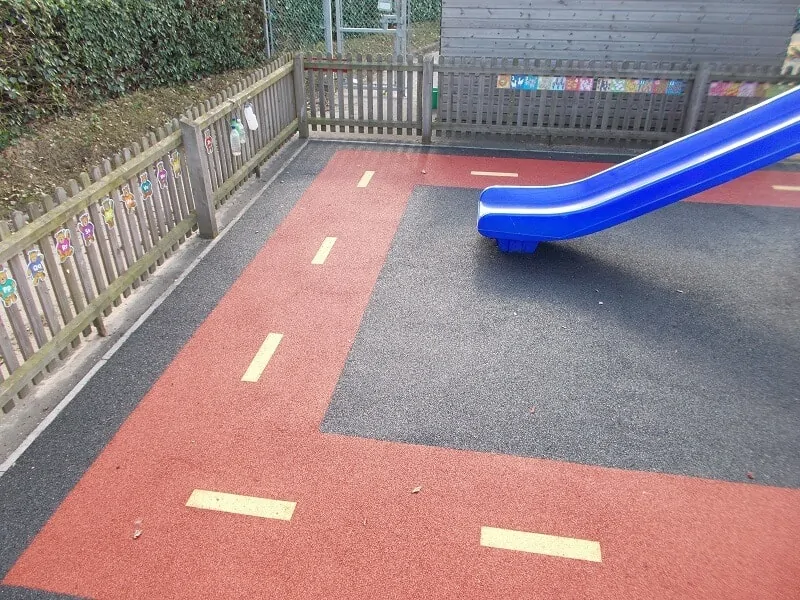
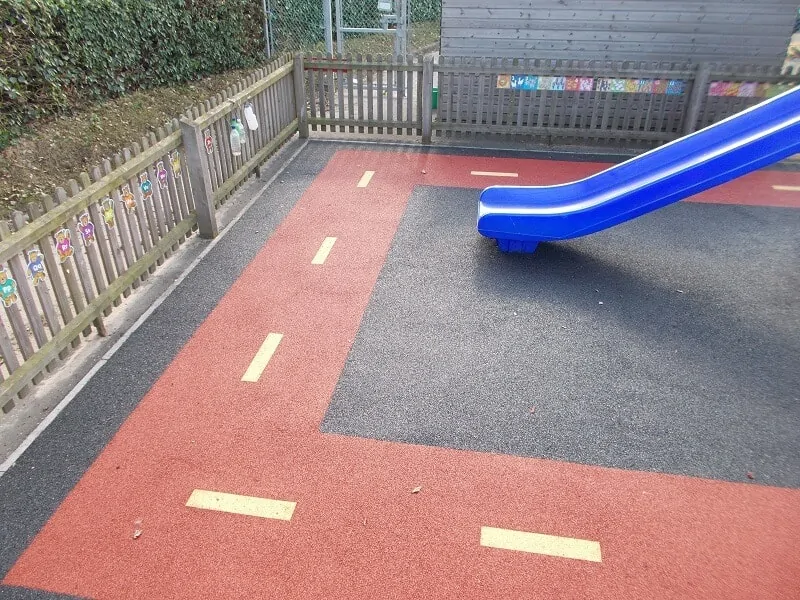

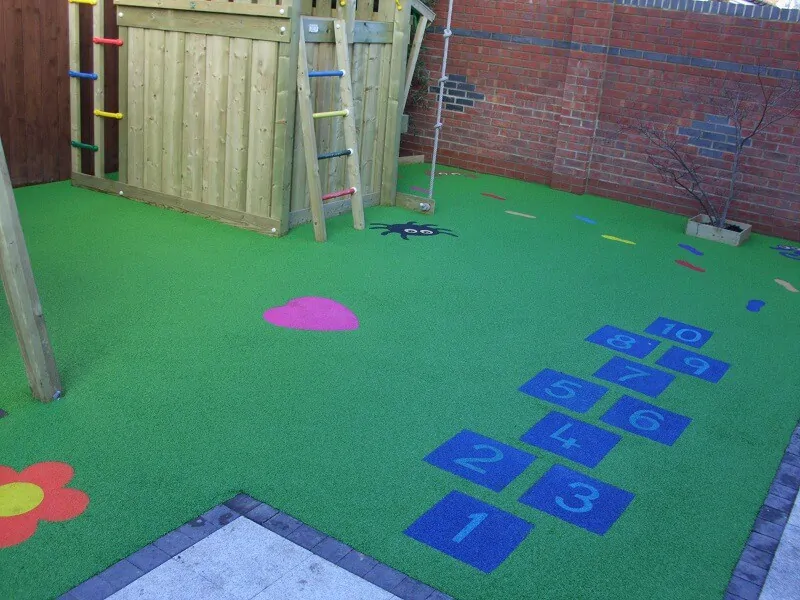
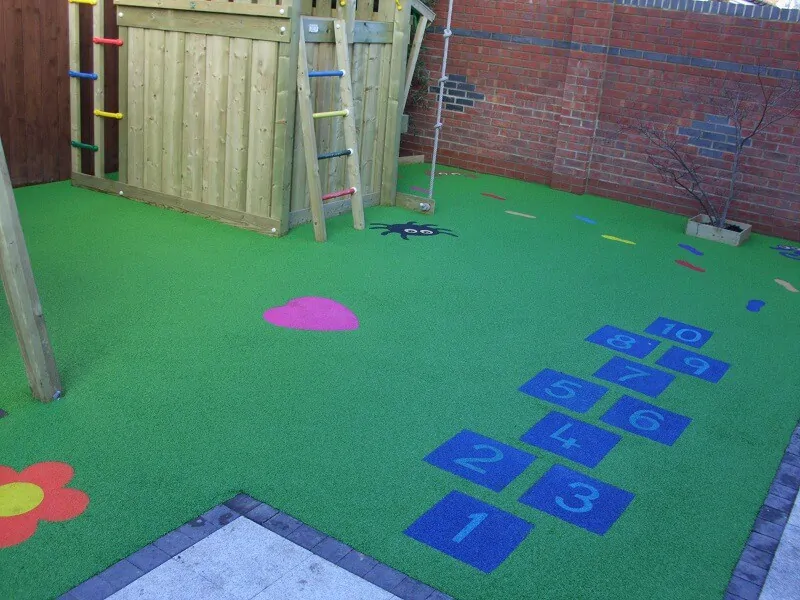
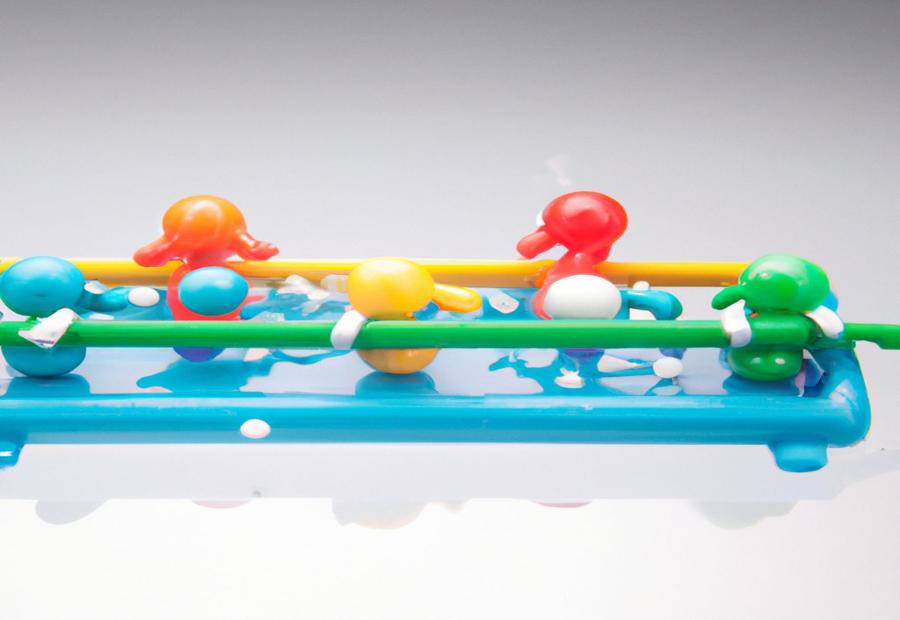
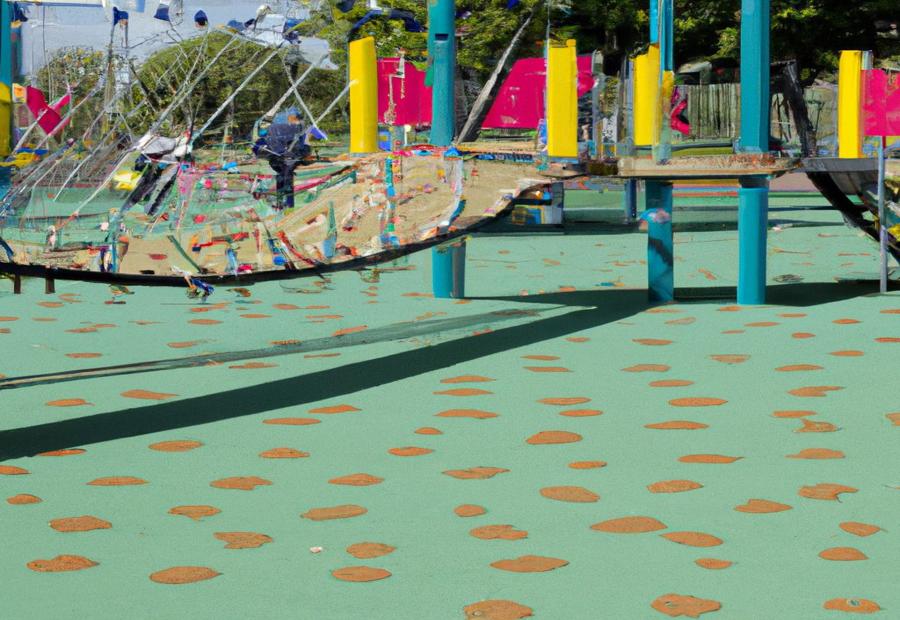
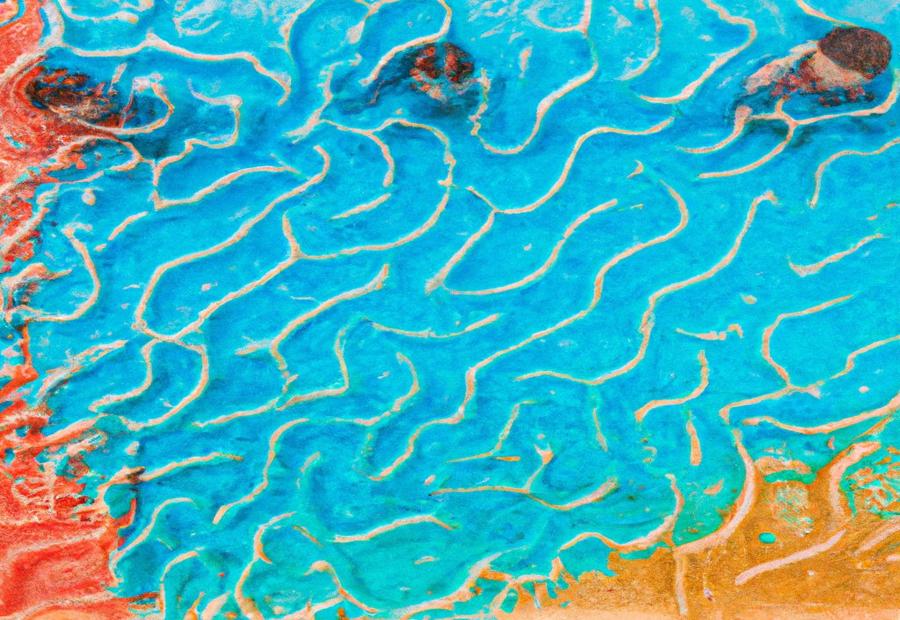
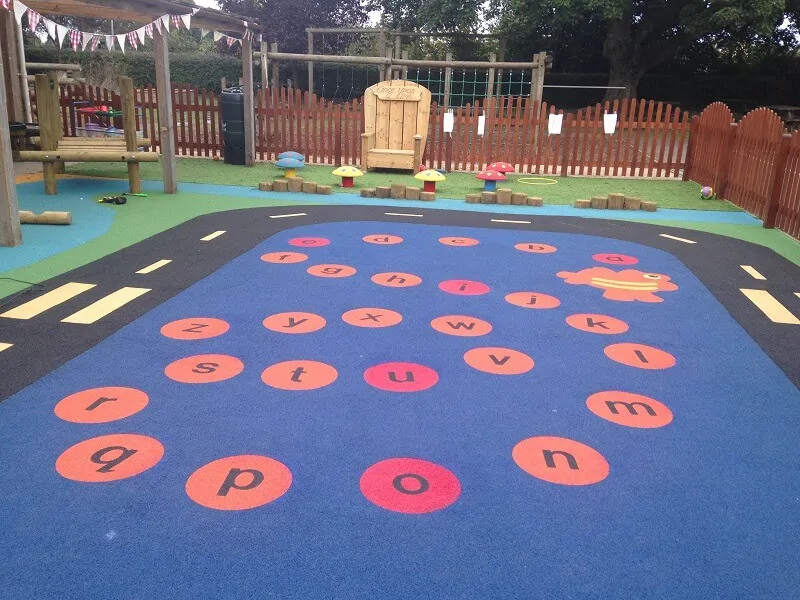
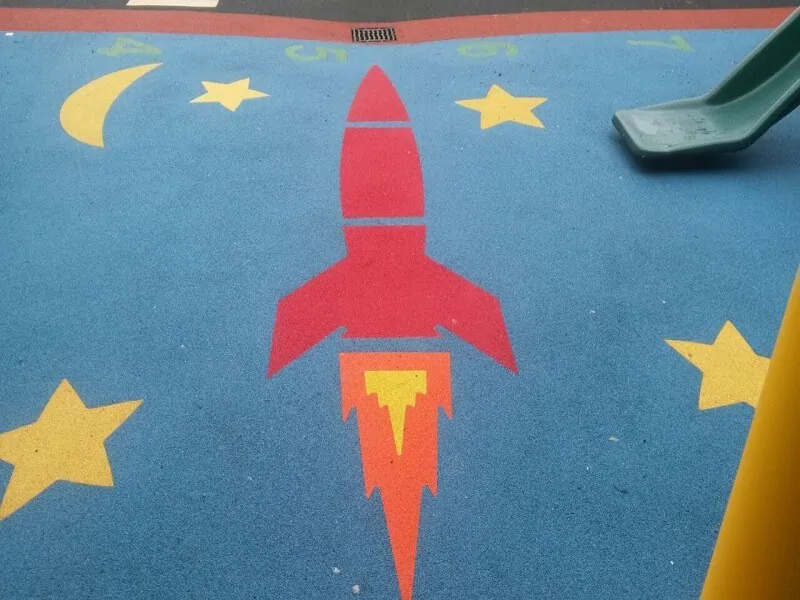
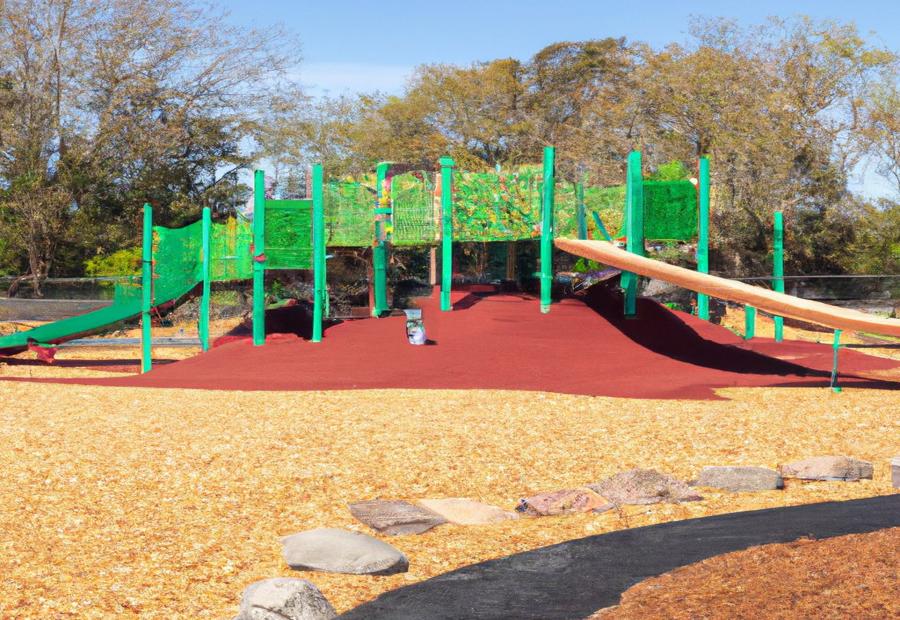
We Aim To Reply To All Enquiries With-in 24-Hours